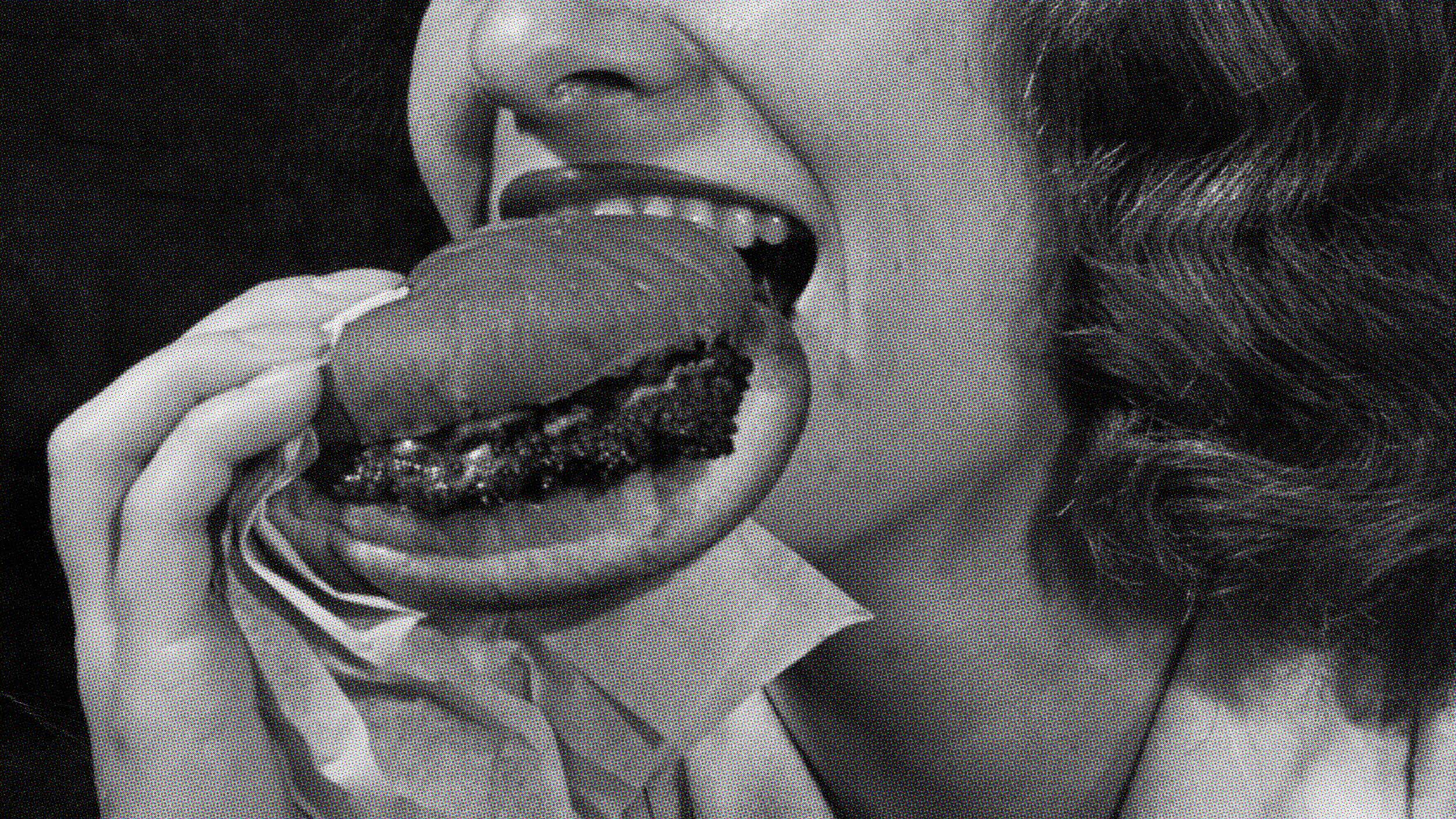Imagine a performance where the furniture were characters. It’s called “Death and the Powers.”
Question: You are working on the opera of the future. What will it look like?
Tod Machover: Yeah, so I never liked opera growing up. I always liked chamber music or solo music even more than orchestral music. But as I started writing my own music, I kept getting attracted to words and especially to – we talked before, I think, about these imaginary worlds that non-word music creates. You’re somehow following a story, it’s some how important humanly, if it’s good music, but I fill in the details myself. And I started realizing that one of the great things about opera is that if you make the right kind of story, you can still have this kind of abstract subliminal quality to take you on a journey, but you can root it just enough in a particular situation, a particular kind of real situation that a person might have, or a particular context in the real world. If it’s done in the wrong way, it kind of I think puts a straight jacket on music and a lot of the power music has to take us somewhere unexpected can go away. But if you do it in the right way, music’s subliminal power stays and it connects to your own life and to real situations more closely. So, I’ve done a lot of operas. I’ve probably done more different kind of operas than anybody. I’ve been trying to explore this forum to see how to get the most out of it.
First I had The Brain Opera, where the public helps to create it, I did science-fiction opera for the Pompidou Center in Paris, this Magic Opera with Penn and Teller. The one I’m working on now is called Death in the Powers, and it has an original story and libretto by Robert Pinsky, the great poet. And my original images for this opera was, I’m so tired, and in some ways technology is wonderful. I love working with technology because it allows me to follow my imagination and to invent new things. But a lot of the feeling of technology, you know what things sound like when they come through loud speakers, what I looks like when you go to a rock concert and you see a giant screen with Bono’s nose and on stage U-2’s about this big, and so I think in many ways, the texture of technology actually diminishes human beings. It doesn’t augment them.
So I started thinking, well how could we take this kind of hyperinstrument idea of measuring the way humans perform, the way they behave, they way they sing, the way they move, making that larger and more and growing it through the performance. So, the final result wouldn’t be coming out of loud speakers and wouldn’t be just video screens, but could actually be physical things. Could we make it so that if I move my hand here, there’s some strings that start vibrating. There’s wind that blows through some objects, or there are multiple percussive objects that either make sound like that, or maybe much more delicate sounds.
And visually as well. Could we do something where flying objects and morphing forms, real physical ones combine with the music help to tell a story, even if there are no words. So, I contacted Robert Pinsky, this poet to say, would you want to work on a crazy project like that? Could we make a stage to tell a story? And before we had a story, I was thinking about that. And then we made up a story which turned out to literally be about a guy who is in his late ‘60’s, rich, powerful, successful, slightly creepy, kind of like Bill Gates meets; sorry Bill. Bill Gates meets Howard Hughes meets Walt Disney, somebody like that. And he’s obsessed not so much with staying alive forever, in fact, he actually wants to leave the world and he imagines a kind of better, higher level of existence. So, he wants to go, but he wants everything about himself. His memories, the texture of his life, his ability to still be in touch with the people he loves. His ability to manipulate his business partners, or whatever. He wants that to stay. So, he uses his money and his smarts and his power to invent this thing called The System, which basically allows him – he can basically download himself into his environment.
So in the first scene, he’s just finishing this system and his wife and his daughter and his assistants are saying, “Yep, it’s almost ready. But are you still going – is it going to be you? Where are you going to go? Don’t leave. What is this? And he turns on the system at the end of the first scene and says, “See ya later.” And transmigrates, and goes somewhere. And little by little the stage comes alive. So, the stage is like a big robot. And his whole room, which is made up of bookcases and furniture and objects and a gigantic chandelier, which looks like a chandelier. These all turn into him and they start to move and they start to vibrate and they start to make sound. And they don’t literally look like him, and they don’t literally necessarily sound like him, although he does talk and sing through them in a modified form. This becomes the future of his existence and everybody who is left has to decide, is this really him? Is that you dad? Is that you Simon? They have to decide if they like this. I mean, he’s left himself, he’s left his legacy. This is what he wants to leave in the world. Do they want this stuff? Do they want to live with this Simon left behind?
And then they have to decide if this existence – he actually want them to follow him. So they have to decide whether what we know of as human existence is good enough. Should we stay here? Or is this really a promise of something better? And that’s where the tension of the opera comes.
So it’s very unusual. And we have all this set that makes music and comes alive and moves and interacts with the characters. It’s quite large. We’re building it all from scratch at the MIT Media Lab. We have live performers on stage as well. We have a chorus of robots. There are 12 robots, 7-feet tall. They are 3 ½ feet that extend to seven feet. They comment on the action, they’re actually slightly futuristic; they’re also being designed by this research assistant. They’re kind of a bridge between now and the future. And they’re a little bit mechanical. They glide around; they don’t really understand what’s going on because they’re robots. So, death and you know Simon’s somewhere else. We could love – what is this stuff? Why would you care about this?
And then my favorite characters, I think, are the furniture. Because wanted very unexpected parts of the set to, not exactly be human, but be able to reach out to humans, so the chairs and the tables and the sofa, all have legs that walk around and they glide around, and there’s kind of – they’re not as well developed as what we call the Opera Box, the elegant 7 foot ones. They’re kind of strange and they’re lurching and they’re trying to be as elegant as humans. They’re trying to imitate their voices so they learn how to talk. And it’s just a very strange world and it’s a tug of war between the limit between a human being and what a very sophisticated technology can represent about yourself. It’s a reflection about mortality and what you can leave behind and what you can pass on to others. And I think it’s a reflection about being human. Strangely, some of the most human characters was one of my themes generally, I think some of the technology especially these furniture robots are more emotional and more real, more human, certainly than you’d ever expect technology to be then some of the human.
Recorded on January 14, 2010





